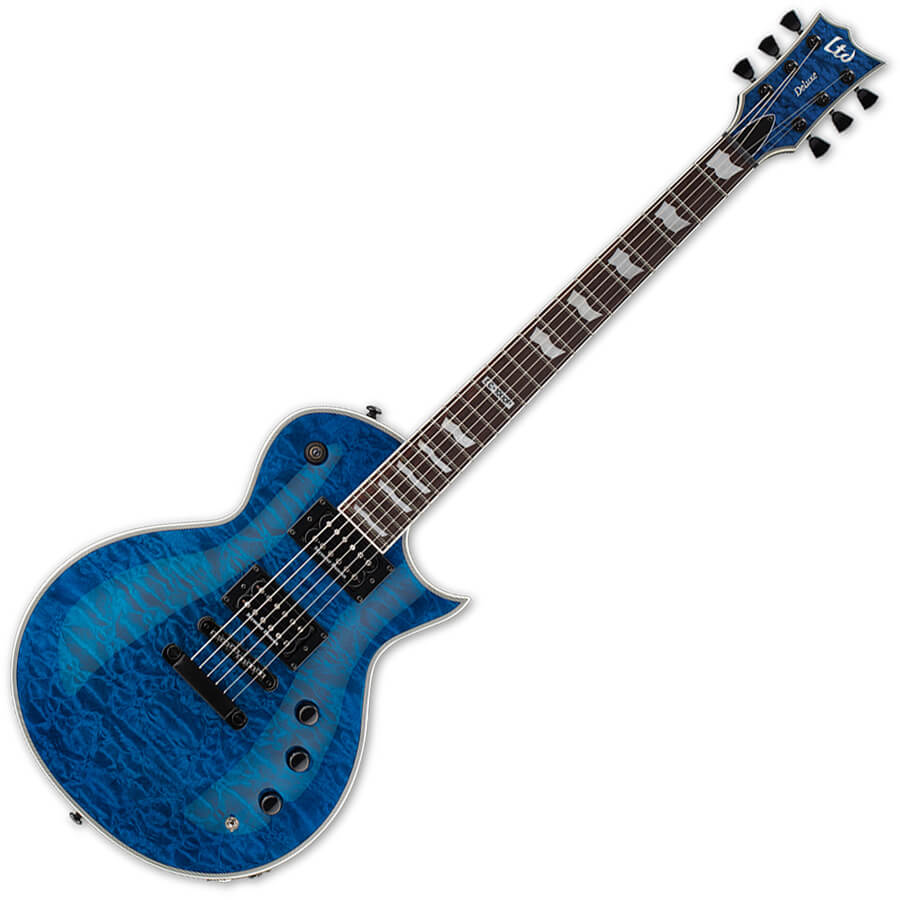

Related: What’s the Best Guitar Tuner? CapoĪ mechanical clamp that attaches to the neck of the guitar.

Typically it will tune to standard tuning (EADGBE). It reads the frequency of each note and indicates if it’s in tune. This can be attached to the guitar or plugged in (electric). Here are some fun things you may want to look into to help you play better and keep your guitar in good condition.

Whole Step – Moving up or down two frets.Īltering up and down strokes while playing individual notes.Half Step – Moving up or down one fret.Power ChordĪ chord that consists of the root, 5th, and octave.įor example, CGC or EBE. This has become the standard scale used in rock and blues music.
Action strings limited octaves series#
Pentatonic ScaleĪ series of five notes found in the major or minor scale. Open StringĪny string on the guitar played without pressing down on a fret. Learn more about alternate guitar tunings here. Tune your guitar to EADGBE (from the thickest string to the thinnest).ĭADGBE: Much like standard tuning, but the lowest E is dropped to a D.ĭrop D tuning is one of several alternate guitar tunings you can use to play different styles and sounds. Usually played in rhythm to create chords. Running your finger or pick along more than one note. The ability of the guitar to stay in tune with itself.įor example, the 12th fret should be an exact octave from the open string. Typically, you would like there to be minimal distance. The distance between the string and the fretboard. Using your finger or a pick to sound notes on a guitar. This will decrease the sustain of the note substantially. Place the palm of your strumming hand over the strings near the bridge, and pick a note. Pushing your finger forward or backward, while holding it down firmly on the string and fretboard, to increase the pitch. You will normally use your index finger to bar several strings on the same fret. To play a barre chord, you need to hold down more than one note with only one finger. SlideĪ guitar move where you play a note, and then move that note up or down on the fretboard. Release the higher note so the lower note rings out. Place two fingers on the same string, but different frets. Playing a note by slamming hard on the fret with your finger. Now let’s get into some guitar terms that describe moves and techniques you will use to play guitar. On most acoustic guitars, there are pins on the bridge that hold the strings in place. The sound hole is usually much thinner and smaller than a true acoustic guitarĪttached to the neck, where the tuner pegs are located. Semi-Hollow – Some electric guitars feature a semi-hollow body that produces sound electronically, but also features a sound hole.Hollow – Acoustic guitars are hollow bodied and have a sound hole to amplify the sound.Solid – Electric guitars are solid bodied because there is no need for acoustic amplification.The main part of the guitar where you can find the pickups, toggle switches, bridge, and dials. BridgeĪ metal or wooden part on the front of the body that holds the strings in place. Humbucker – A pickup with two coils of opposite polarity around the magnet, which reduces hum.Ī lever on the front of the guitar that switches which pickup is activated.



 0 kommentar(er)
0 kommentar(er)
